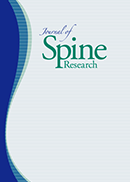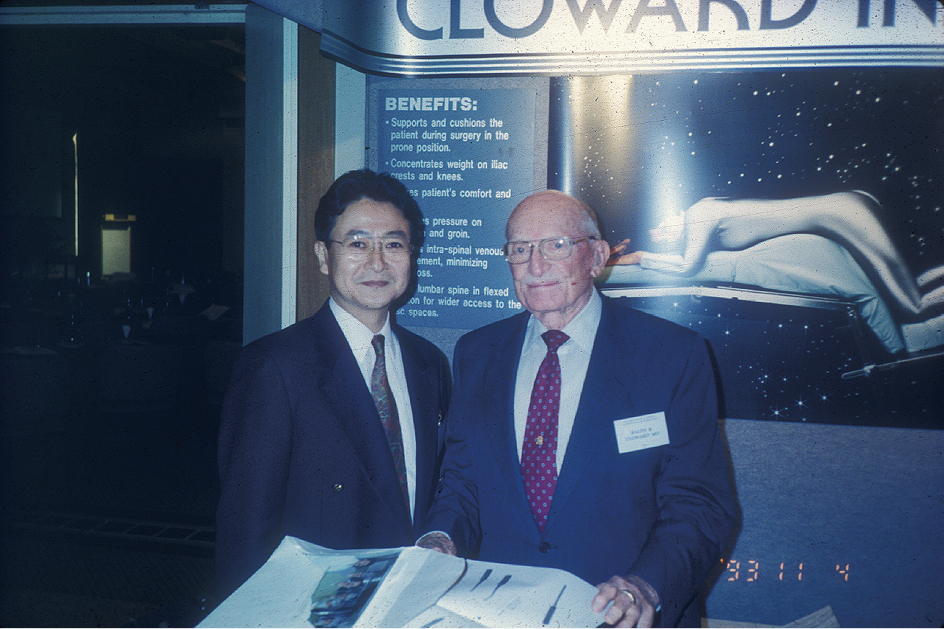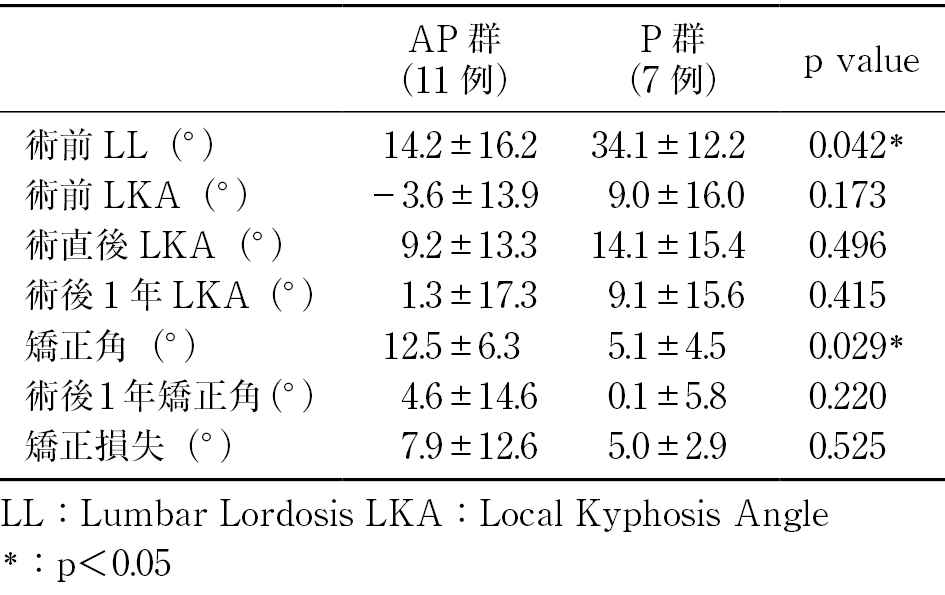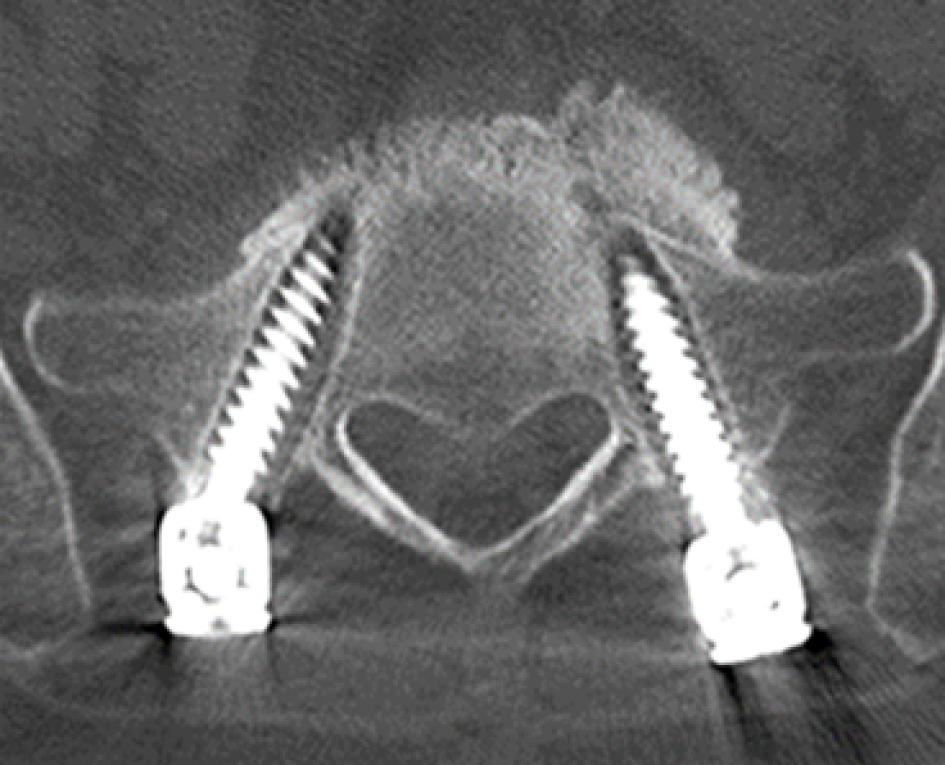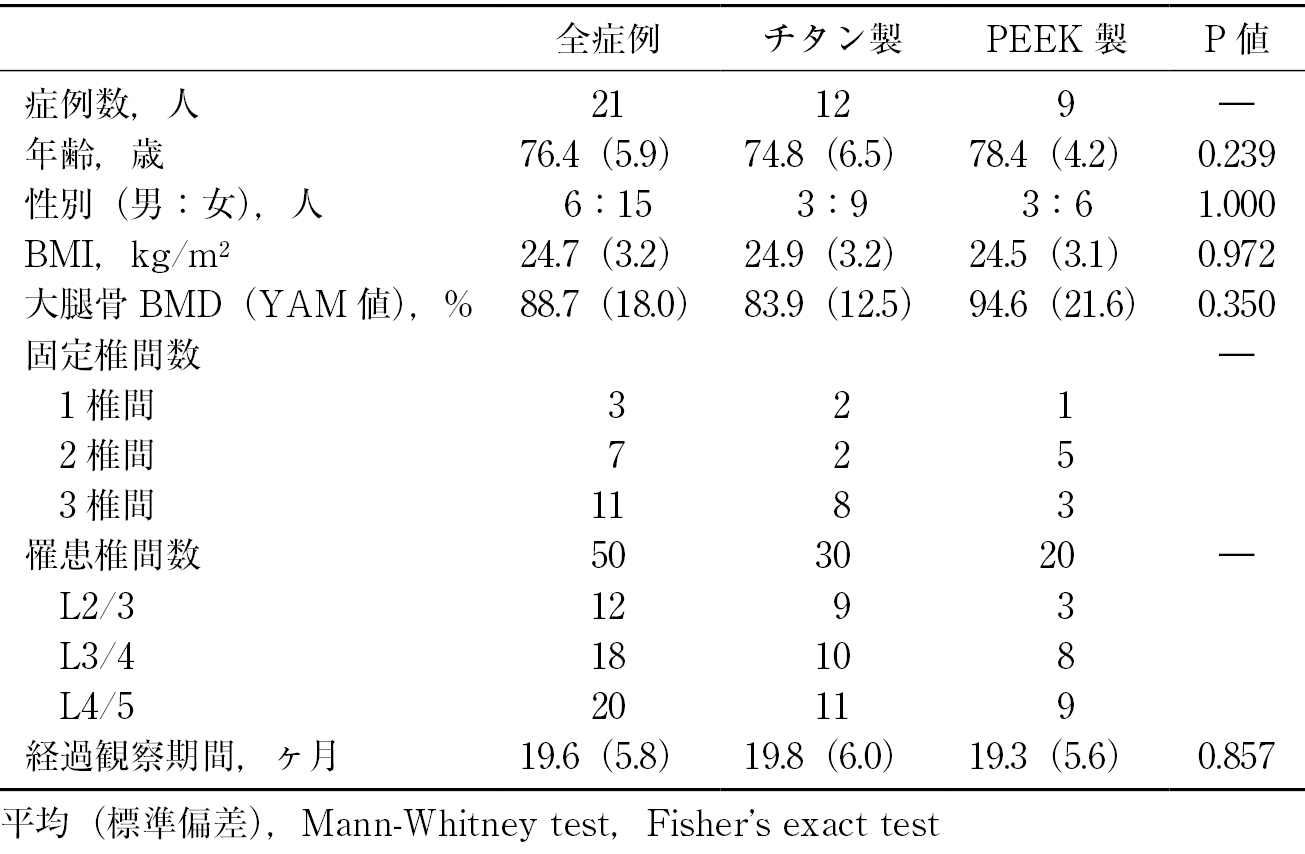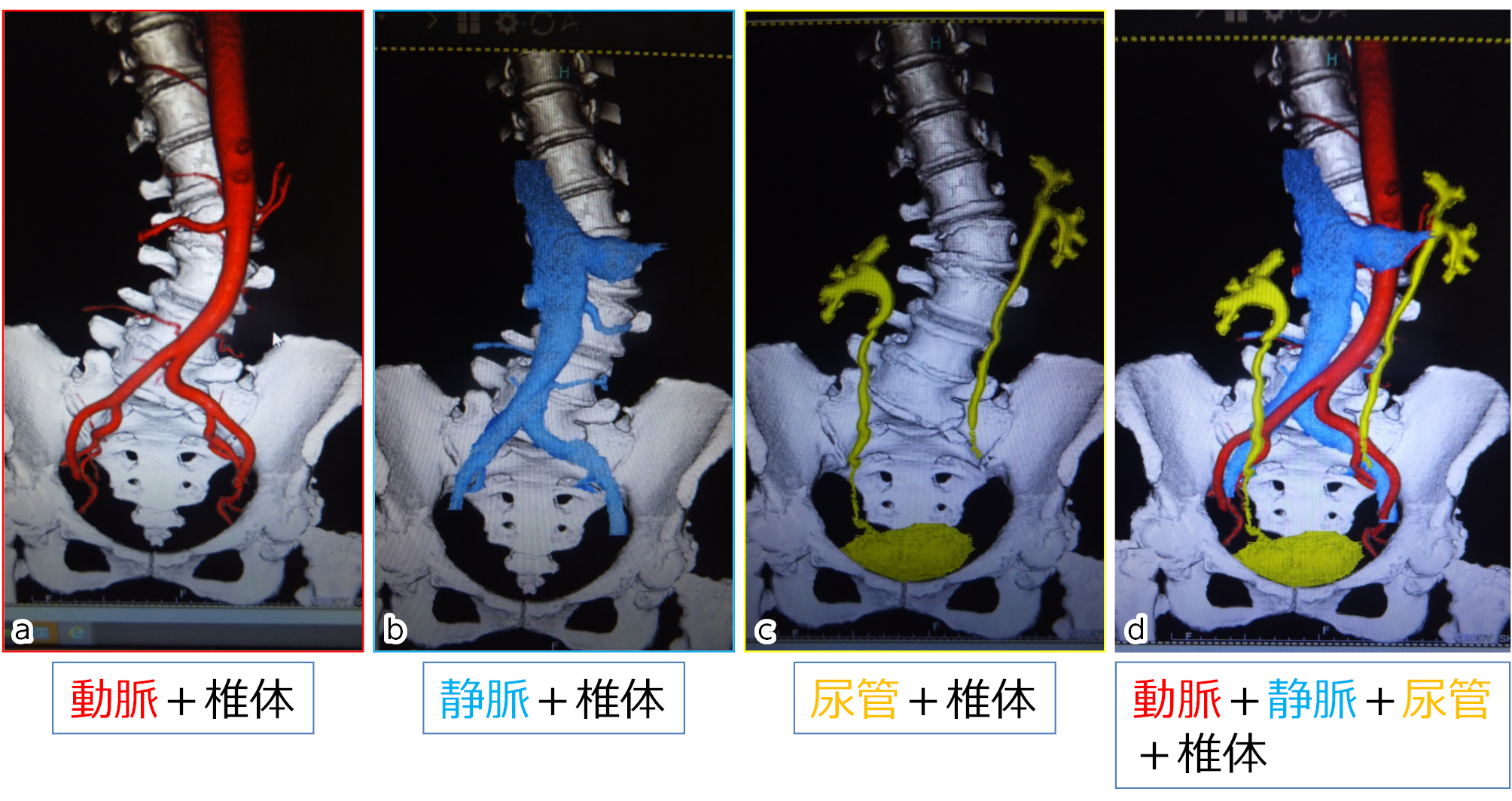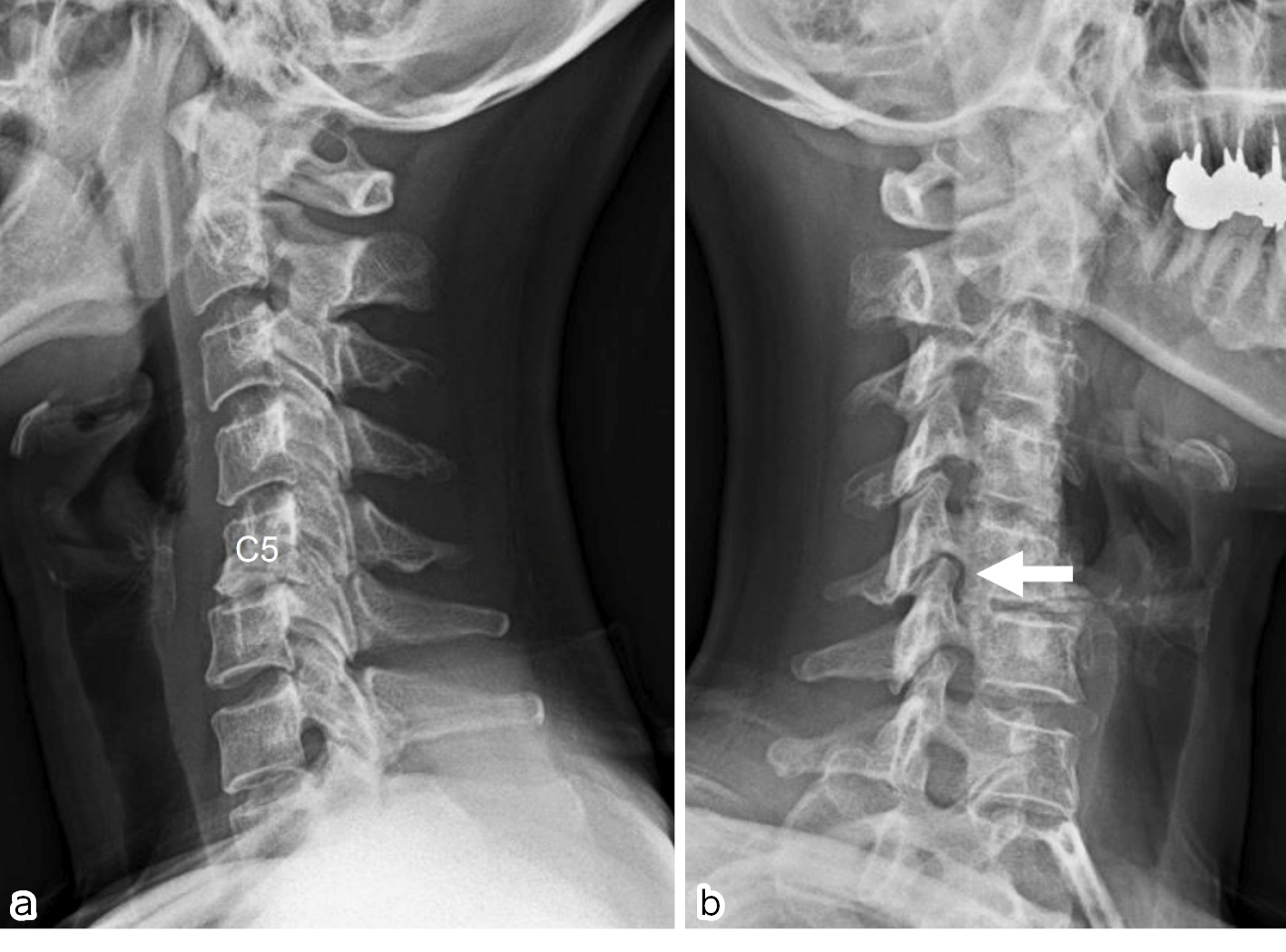Volume 14, Issue 10
Displaying 1-11 of 11 articles from this issue
- |<
- <
- 1
- >
- >|
Editorial
-
2023 Volume 14 Issue 10 Pages 1266-1267
Published: October 20, 2023
Released on J-STAGE: October 20, 2023
Download PDF (362K)
Review Article
-
2023 Volume 14 Issue 10 Pages 1268-1275
Published: October 20, 2023
Released on J-STAGE: October 20, 2023
Download PDF (2193K)
Original Article
-
2023 Volume 14 Issue 10 Pages 1276-1282
Published: October 20, 2023
Released on J-STAGE: October 20, 2023
Download PDF (1503K) -
2023 Volume 14 Issue 10 Pages 1283-1291
Published: October 20, 2023
Released on J-STAGE: October 20, 2023
Download PDF (3123K) -
2023 Volume 14 Issue 10 Pages 1292-1297
Published: October 20, 2023
Released on J-STAGE: October 20, 2023
Download PDF (984K) -
2023 Volume 14 Issue 10 Pages 1298-1307
Published: October 20, 2023
Released on J-STAGE: October 20, 2023
Download PDF (2495K) -
2023 Volume 14 Issue 10 Pages 1308-1317
Published: October 20, 2023
Released on J-STAGE: October 20, 2023
Download PDF (2735K) -
2023 Volume 14 Issue 10 Pages 1318-1324
Published: October 20, 2023
Released on J-STAGE: October 20, 2023
Download PDF (1461K) -
2023 Volume 14 Issue 10 Pages 1325-1331
Published: October 20, 2023
Released on J-STAGE: October 20, 2023
Download PDF (1462K)
Case Report
-
2023 Volume 14 Issue 10 Pages 1332-1339
Published: October 20, 2023
Released on J-STAGE: October 20, 2023
Download PDF (2379K) -
Posterior Decompression and Fusion for foraminal stenosis with retrospondylolisthesis -A Case Report2023 Volume 14 Issue 10 Pages 1340-1344
Published: October 20, 2023
Released on J-STAGE: October 20, 2023
Download PDF (1347K)
- |<
- <
- 1
- >
- >|
